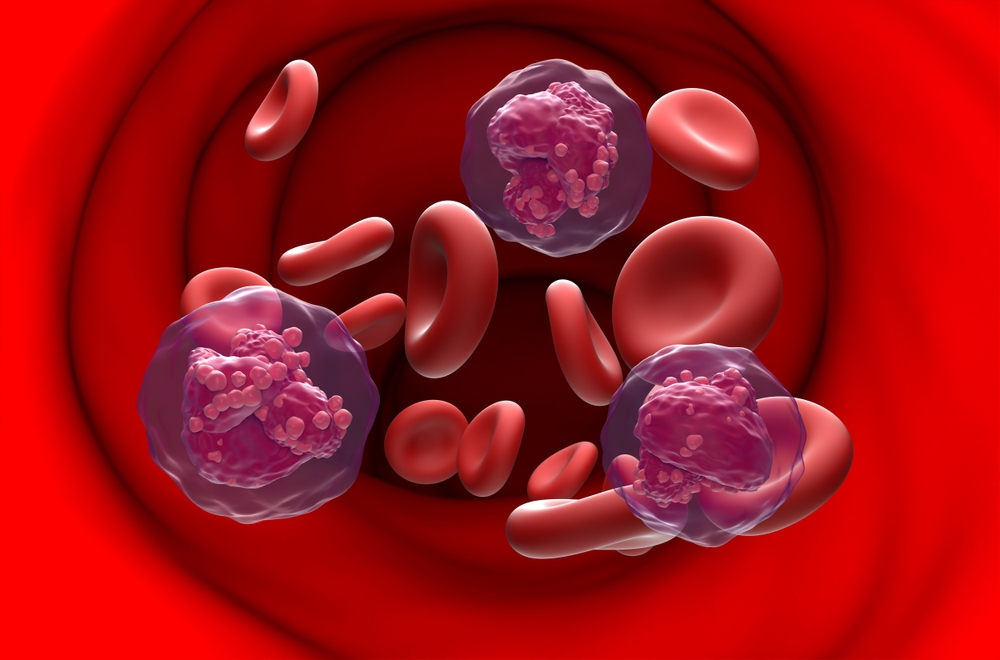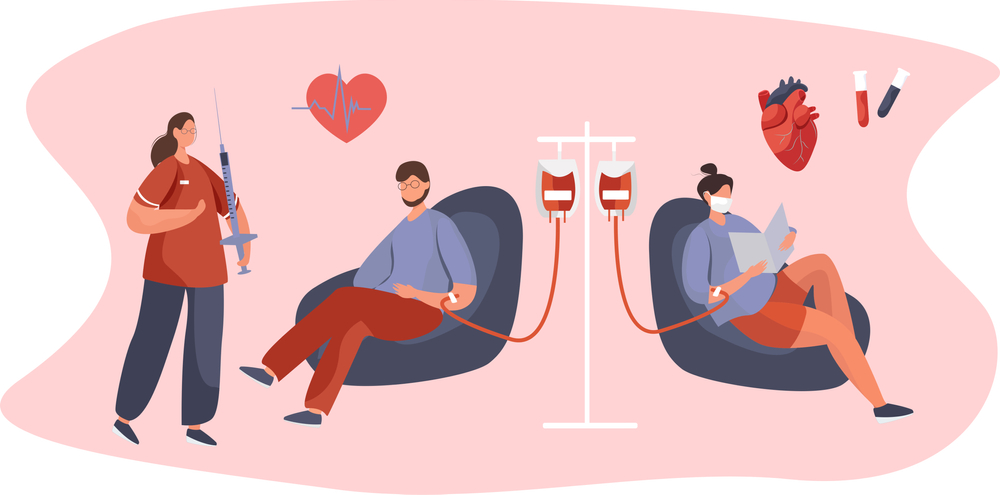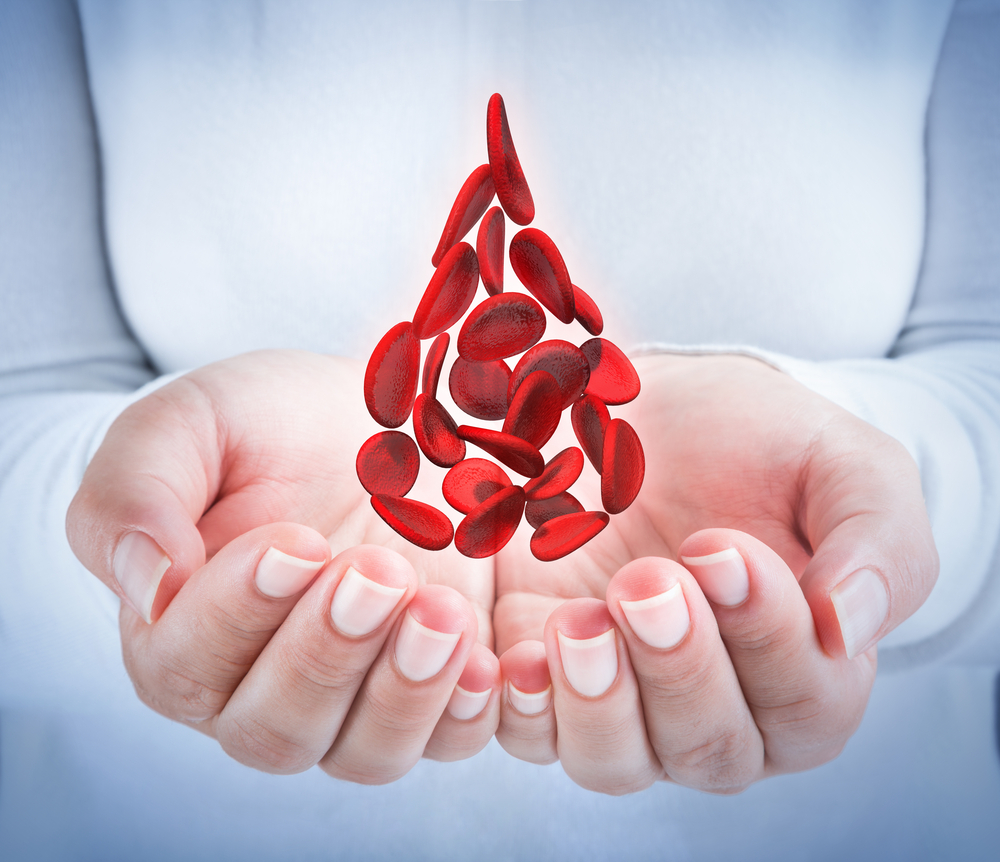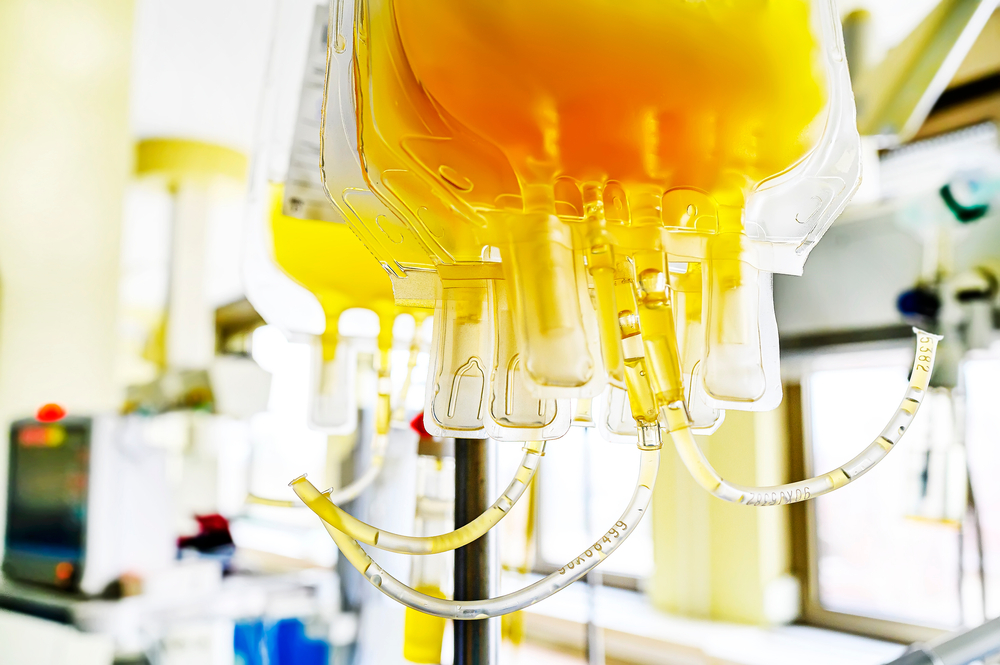Blood cancer and blood cancer treatment can cause a patient’s blood to lack blood cells or plasma, resulting in a variety of unhealthy symptoms. Blood transfusion for leukemia are used to treat these symptoms and to support the patient’s physical health.
This is why blood transfusion is called a supportive care treatment; it does not treat blood cancer but rather treats its symptoms and helps the patient recover.
How Does Leukemia Affect Blood?
Leukemia is a type of blood cancer that develops in the soft part of the bone called the bone marrow. This type of cancer usually affects the white blood cells produced in the bone marrow. As a result, the amount of white blood cells increases excessively.

An excessive increase in the number of white blood cells in the blood adversely affects other blood cells, such as red blood cells and platelets, and inhibits their function. Also, if treatments such as chemotherapy or radiation therapy are applied after a diagnosis of leukemia, other blood cells in the blood are disrupted and damaged in their normal function.
Why Do Patients Need Blood Transfusion for leukemia?
Almost all types of blood cancer, including leukemia, affect the bone marrow. As a result, the blood cells produced by the bone marrow are severely damaged.
In leukemia, white blood cells usually grow at an excessive rate and damage other blood cells and disrupt their normal function. As a result of which the body lacks blood cells such as red blood cells and platelets and then the patient experiences various physical symptoms such as shortness of breath, fatigue, bleeding, sores etc.

For this reason, blood is transfused into the patient’s body so that he does not get sick and die due to a lack of blood cells and can stay healthy.
Can leukemia be treated with blood transfusion?
Leukemia blood transfusion is done only to replace the lack of blood cells in the patient’s body. So that the normal functioning of the patient’s body does not stop due to lack of sufficient blood.
Blood transfusion for leukemia is not a treatment for leukemia. Although survival of the patient without blood transfusion is not possible in many cases, it is considered as an adjuvant treatment.
How often do leukemia patients need blood transfusions?
There is no specific amount of blood transfusion for leukemia. Blood transfusion is done according to the type and severity of the patient’s symptoms.
In many cases, depending on the severity of the patient’s symptoms of leukemia, the patient needs blood transfusions several times a week or a month. Moreover, in many cases, patients with advanced stage leukemia do not even need blood.
Types of Blood Transfusion for Leukemia
Blood transfusion for leukemia can be of different types depending on which component of the patient’s blood is deficient. So first we need to know all the blood components that leukemia patients can get during blood transfusion.
- Platelets: Platelets, also called thrombocytes, are pieces of big cells in the bone marrow named megakaryocytes; they help structure blood clots to stop or slow bleeding and also help wounds heal.
- Plasma & cryoprecipitate: Consist of clotting factors that aid or stop extreme bleeding.:
- Red blood cells: They contain the protein hemoglobin, which supplies oxygen all over our body.
- Granulocytes or White blood cells: White blood cells are part of the immune system fighting infections.
- Gamma globulin: Collections of antibodies from donors that prevent infection.
Platelet transfusion (A type of blood transfusion for leukemia)
The platelet count per microliter of a healthy and normal person is between 150000 and 400000. Leukemia and cancer treatment can decrease the number of platelets in a patient’s body, preventing proper blood clotting and resulting in bleeding and bruising.
When the number of platelets in the body drops below 140,000 microliters, various problems occur, which can lead to thrombocytopenia, frequent nosebleeds, petechiae, or small lesions.
Fortunately, doctors can reduce the danger of extreme bleeding and bruising by platelet transfusions, which increase the number of platelet readings.
Red blood cell transfusion (A type of blood transfusion for leukemia)

These transfusions can treat anemia, anemia that can be a side effect of cancer treatments that affect the bone marrow, therapies such as radiation therapy and chemotherapy.
Symptoms of anemia to look
- Shortness of breath or having problems during breathing.
- Fast breathing readings and heartbeat.
- Feeling dizzy.
- Having chest pain.
- Feeling exhausted.
Doctors suggest this transfusion for leukemia patients with low blood cell readings and anemia problems.
Plasma and cryoprecipitate transfusions for leukemia

People with low levels of proteins occasionally have these transfusions, which help their blood clot. In leukemia cases, it’s not common, and this happens as an outcome of liver conditions. Nevertheless, it can happen to people with promyelocytic leukemia.
Gamma globulin transfusions for leukemia
These (Gamma globulins) are proteins in blood plasma that aid in restraining infection. People who have chronic lymphocytic leukemia generally have fewer gamma globulins and urgently need a transfusion to replenish their blood.
Side effects that may occur after Blood Transfusion for leukemia
Although not all patients experience side effects, some patients do; side effects may appear weeks or days after transfusions. Some common problems that patients can face after transfusions are;
- Shortness of breath
- Back pain
- Fever
- Stomach discomfort or vomiting
- Low blood pressure
- Dark/Red colored urine
- Itching
- Rash
- Chills
- Pain in the injection site
Most of the time, fever can be a side effect, but if patients feel discomfort and face any of these symptoms, they should inform medical staff right away.
Conclusion
Blood transfusion is part of leukemia treatment, but they don’t fight against cancer; it can aid low blood cell count caused by leukemia as well as leukemia treatments. Doctors can prescribe blood transfusion for leukemia if someone faces anemia, low white blood cell readings, or low platelet readings. Past 20 years, blood testing systems and blood transfusions have improved a lot, so it’s considered safe.
1 thought on “Why is blood transfusion for leukemia needed?”